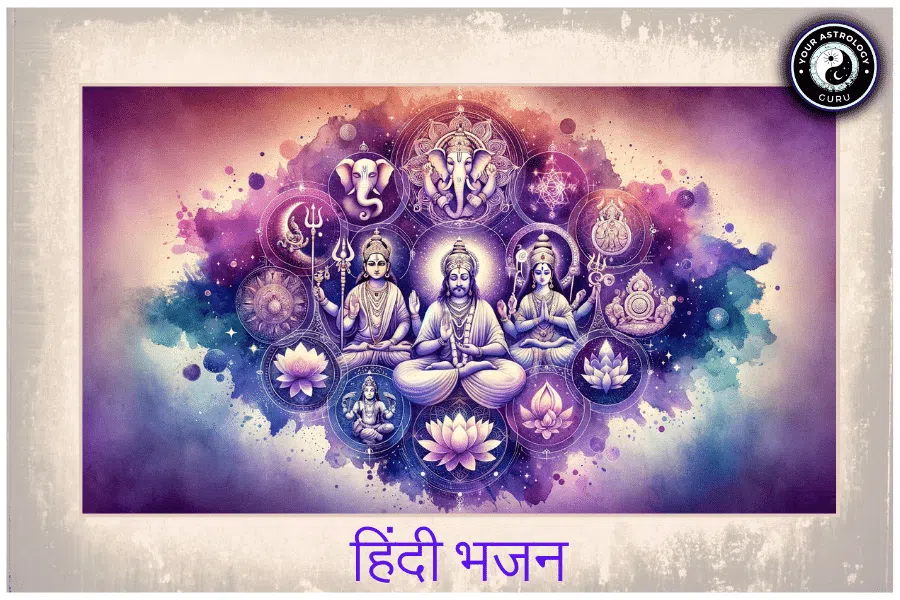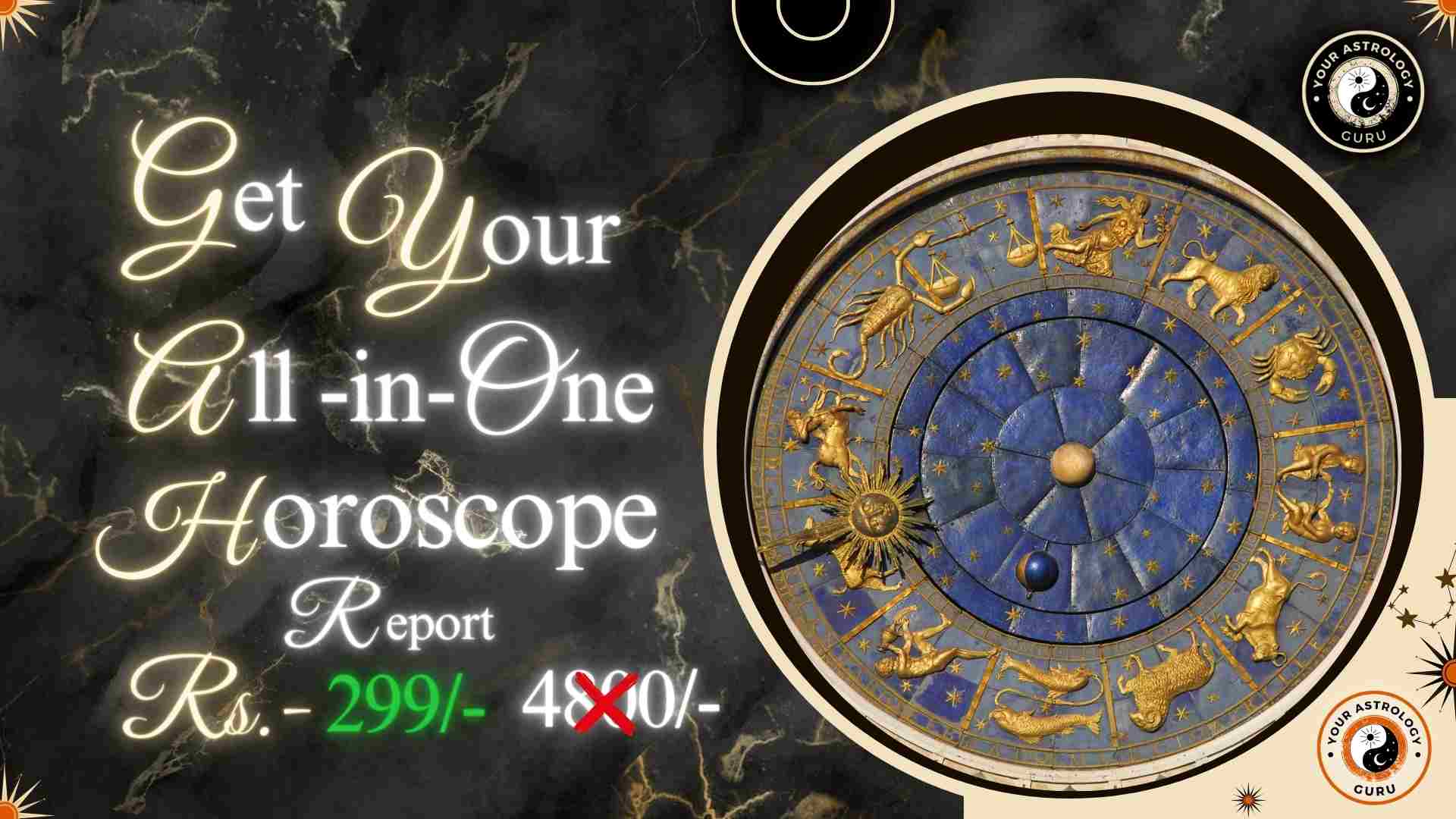KP astrology, also known as Krishnamurti Paddhati, is a popular system of astrology that originated in India. It is based on the principles of stellar astrology and is known for its accuracy in predictions. However, before diving into advanced techniques, it is important to understand the basics of KP astrology. This article will provide a comprehensive overview of KP astrology, its principles, and its significance in making accurate predictions.
Table of Contents
What is KP astrology and how does it work?
KP astrology is a system of astrology that was developed by K.S. Krishnamurti in the 20th century. It is based on the principles of stellar astrology, which focuses on the position and movement of stars and planets to make predictions about various aspects of life. Unlike traditional Vedic astrology, which relies heavily on birth charts and complex calculations, KP astrology simplifies the process by using a more intuitive and systematic approach.
In KP astrology, the zodiac is divided into 12 equal parts called houses. Each house represents a specific aspect of life, such as career, relationships, health, etc. The planets are also assigned to different houses based on their characteristics and influences. By analyzing the placement of planets in different houses and their interactions with each other, astrologers can make predictions about various events and aspects of life.
The origins and history of KP astrology
KP astrology has its roots in ancient Indian astrology but was developed and popularized by K.S. Krishnamurti in the 20th century. Krishnamurti was a renowned astrologer who believed in simplifying the complex calculations and techniques used in traditional Vedic astrology. He developed the KP system to make astrology more accessible and accurate for both beginners and experienced practitioners.
Krishnamurti’s contributions to KP astrology include the development of various tools and techniques, such as the sub-divisional charts and Nakshatras, which enhance the accuracy of predictions. His work revolutionized the field of astrology and made it more scientific and systematic. Today, KP astrology is widely practiced and respected by astrologers around the world.
The significance of the 12 houses in KP astrology
In KP astrology, the zodiac is divided into 12 houses, each representing a specific aspect of life. These houses are numbered from 1 to 12, starting from the Ascendant or Lagna. Each house has its own significance and influences different areas of life.
The first house, also known as the Ascendant or Lagna, represents the self, physical appearance, and overall personality. The second house represents wealth, possessions, and family. The third house represents communication, siblings, and short journeys. The fourth house represents home, mother, and emotional well-being. The fifth house represents creativity, children, and romance. The sixth house represents health, enemies, and obstacles.
The seventh house represents partnerships, marriage, and business relationships. The eighth house represents transformation, inheritance, and hidden matters. The ninth house represents higher education, spirituality, and long journeys. The tenth house represents career, reputation, and public image. The eleventh house represents gains, friendships, and social networks. The twelfth house represents losses, isolation, and spirituality.
Analyzing the placement of planets in different houses and their interactions with each other is crucial in making accurate predictions in KP astrology.
Understanding the role of planets and their impact on predictions
In KP astrology, there are nine planets that have different characteristics and influences on various aspects of life. These planets are Sun, Moon, Mars, Mercury, Jupiter, Venus, Saturn, Rahu (North Node), and Ketu (South Node).
The Sun represents the self-confidence and vitality. It influences career and leadership qualities. The Moon represents emotions and intuition. It influences mental well-being and relationships. Mars represents energy and aggression. It influences courage and physical strength. Mercury represents communication and intellect. It influences intelligence and analytical abilities.
Jupiter represents wisdom and expansion. It influences luck and spirituality. Venus represents love and beauty. It influences relationships and artistic abilities. Saturn represents discipline and responsibility. It influences hard work and long-term goals. Rahu represents desires and ambitions. It influences materialistic pursuits and unconventional thinking. Ketu represents spirituality and detachment. It influences intuition and past-life karma.
By analyzing the placement of these planets in different houses and their interactions with each other, astrologers can make predictions about various aspects of life, such as career, relationships, health, etc.
The importance of sub-divisional charts in accurate predictions
In addition to the 12 houses, KP astrology also uses sub-divisional charts to enhance the accuracy of predictions. These charts provide more detailed information about specific areas of life.
The most commonly used sub-divisional chart in KP astrology is the Navamsa chart, which divides each sign into nine equal parts. The Navamsa chart provides insights into marriage, relationships, and spiritual growth.
Other sub-divisional charts used in KP astrology include the Dasa chart, which shows the planetary periods, the Hora chart, which shows wealth and financial matters, the Drekkana chart, which shows siblings and communication, and the Saptamsa chart, which shows children and creativity.
Analyzing these sub-divisional charts along with the birth chart can provide a more comprehensive understanding of an individual’s life events and experiences.
The role of Nakshatras in KP astrology
Nakshatras are another important component of KP astrology. Nakshatras are lunar mansions or star clusters that divide the zodiac into 27 equal parts. Each Nakshatra has its own characteristics and influences on different aspects of life.
In KP astrology, the Nakshatras are used to determine the strength and nature of planets. By analyzing the placement of planets in different Nakshatras and their interactions with each other, astrologers can make more accurate predictions about various events and aspects of life.
How to calculate and interpret planetary periods in KP astrology
Planetary periods, also known as Dasa periods, are an important aspect of KP astrology. These periods are determined based on the position and movement of planets in the birth chart.
Each planet has its own Dasa period, which represents a specific time period in an individual’s life. During this period, the planet’s influence is heightened, and its characteristics are more prominent.
To calculate the planetary periods in KP astrology, astrologers use a specific formula that takes into account the position of the Moon at the time of birth. By analyzing the planetary periods and their interactions with other planets, astrologers can make predictions about various events and aspects of life.
The impact of transits on predictions in KP astrology
Transits are another important aspect of KP astrology. Transits refer to the movement of planets through different signs and houses in the zodiac.
When a planet transits through a particular sign or house, it influences the areas of life represented by that sign or house. By analyzing the transits of planets and their interactions with other planets, astrologers can make predictions about various events and aspects of life.
Transits are particularly useful for making short-term predictions and understanding the current influences on an individual’s life. By tracking the transits of planets, astrologers can provide guidance and insights into upcoming events and opportunities.
Common misconceptions about KP astrology and how to avoid them
Like any other field, there are several misconceptions about KP astrology that can lead to inaccurate predictions. It is important to be aware of these misconceptions and avoid falling for false claims.
One common misconception is that KP astrology can predict the exact timing of events. While KP astrology can provide insights into the general time frame of events, it is not possible to predict the exact timing with complete accuracy.
Another misconception is that KP astrology can provide definitive answers to all questions. While KP astrology can provide guidance and insights, it is important to remember that free will and personal choices also play a role in shaping our lives.
To avoid falling for false claims and inaccurate predictions, it is important to consult experienced and reputable astrologers who have a deep understanding of KP astrology. It is also important to approach astrology with an open mind and use it as a tool for self-reflection and personal growth.
Tips for beginners to get started with KP astrology
For beginners who are interested in learning and practicing KP astrology, here are some tips to get started:
1. Start with the basics: Before diving into advanced techniques, it is important to understand the basics of KP astrology. Familiarize yourself with the principles, concepts, and terminology used in KP astrology.
2. Study the birth chart: The birth chart is the foundation of astrology. Study your own birth chart and try to understand the placement of planets in different houses. This will give you a practical understanding of how KP astrology works.
3. Practice interpretation: Interpretation is a key skill in astrology. Practice interpreting birth charts and making predictions based on the placement of planets in different houses. This will help you develop your intuition and analytical abilities.
4. Learn from experienced practitioners: Seek guidance from experienced practitioners who have a deep understanding of KP astrology. Attend workshops, seminars, or online courses to learn from experts in the field.
5. Keep learning and practicing: Astrology is a lifelong journey of learning and self-discovery. Keep learning new techniques, studying charts, and practicing interpretation to enhance your skills and accuracy in predictions.
Advanced techniques for experienced practitioners to enhance accuracy in predictions
For experienced practitioners who want to enhance their accuracy in predictions, here are some advanced techniques to consider:
1. Incorporate new tools and techniques: Stay updated with the latest developments in KP astrology and incorporate new tools and techniques into your practice. This could include using software programs, advanced calculation methods, or incorporating other astrological systems into your analysis.
2. Develop your intuition: Intuition is a powerful tool in astrology. Practice meditation, visualization, and other techniques to develop your intuition and enhance your ability to interpret birth charts and make accurate predictions.
3. Specialize in specific areas: Consider specializing in specific areas of astrology, such as career, relationships, health, etc. By focusing on specific areas, you can develop a deeper understanding and expertise in those areas, which will enhance your accuracy in predictions.
4. Collaborate with other practitioners: Collaborating with other experienced practitioners can provide valuable insights and perspectives. Join astrology groups or forums, attend conferences or workshops, and engage in discussions with other practitioners to expand your knowledge and enhance your accuracy in predictions.
5. Continuously evaluate and refine your techniques: Continuously evaluate and refine your techniques based on feedback from clients and personal experiences. Keep track of your predictions and analyze the outcomes to identify areas for improvement.
KP astrology is a popular system of astrology that is known for its accuracy in predictions. By understanding the basics of KP astrology, such as the 12 houses, the role of planets, sub-divisional charts, Nakshatras, planetary periods, and transits, astrologers can make accurate predictions about various aspects of life.
While there are common misconceptions about KP astrology, it is important to approach it with an open mind and use it as a tool for self-reflection and personal growth. Beginners can start by studying the basics, practicing interpretation, and seeking guidance from experienced practitioners. Advanced practitioners can enhance their accuracy by incorporating new tools and techniques, developing their intuition, specializing in specific areas, collaborating with other practitioners, and continuously evaluating and refining their techniques.
KP astrology is a lifelong journey of learning and practice. By continuously learning and practicing, astrologers can enhance their skills and accuracy in predictions, providing valuable guidance and insights to those seeking answers about their lives.














